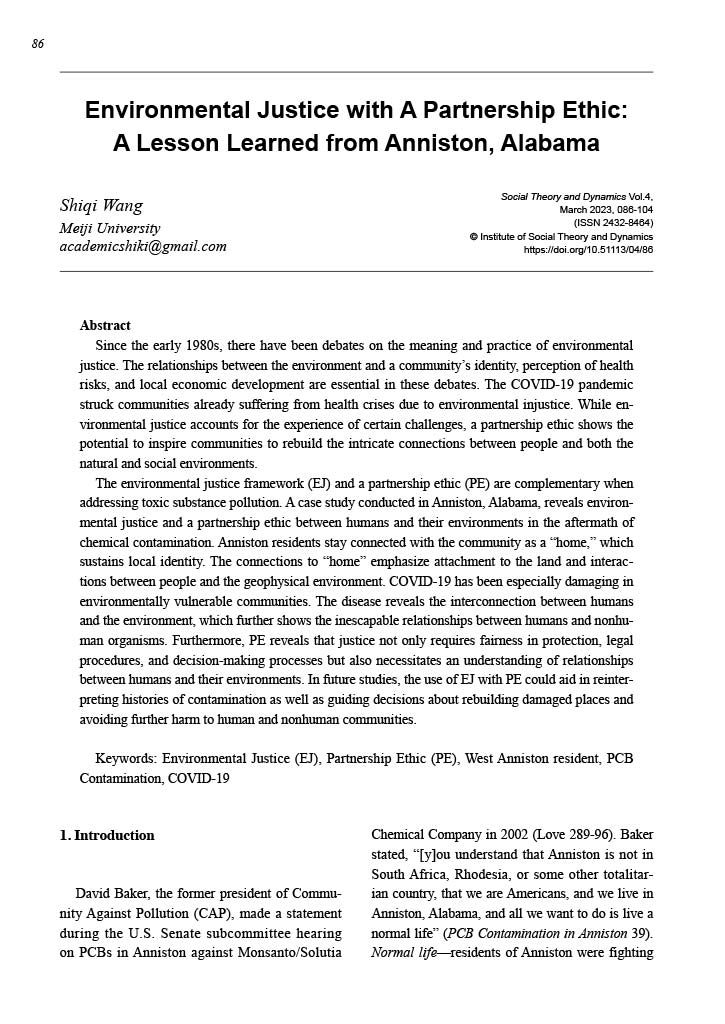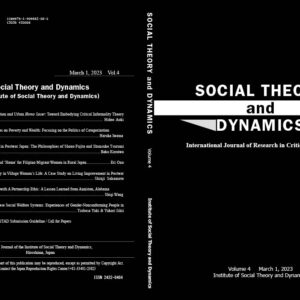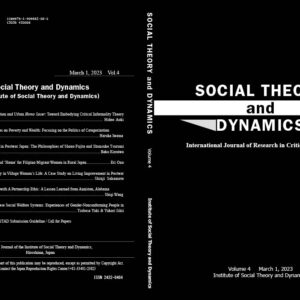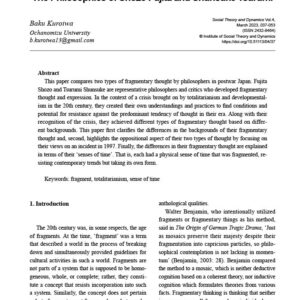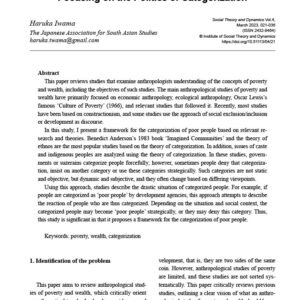Description
Since the early 1980s, there have been debates on the meaning and practice of environmental justice. The relationships between the environment and a community’s identity, perception of health risks, and local economic development are essential in these debates. The COVID-19 pandemic struck communities already suffering from health crises due to environmental injustice. While environmental justice accounts for the experience of certain challenges, a partnership ethic shows the potential to inspire communities to rebuild the intricate connections between people and both the natural and social environments.
The environmental justice framework (EJ) and a partnership ethic (PE) are complementary when addressing toxic substance pollution. A case study conducted in Anniston, Alabama, reveals environmental justice and a partnership ethic between humans and their environments in the aftermath of chemical contamination. Anniston residents stay connected with the community as a “home,” which sustains local identity. The connections to “home” emphasize attachment to the land and interactions between people and the geophysical environment. COVID-19 has been especially damaging in environmentally vulnerable communities. The disease reveals the interconnection between humans and the environment, which further shows the inescapable relationships between humans and nonhuman organisms. Furthermore, PE reveals that justice not only requires fairness in protection, legal procedures, and decision-making processes but also necessitates an understanding of relationships between humans and their environments. In future studies, the use of EJ with PE could aid in reinterpreting histories of contamination as well as guiding decisions about rebuilding damaged places and avoiding further harm to human and nonhuman communities.

